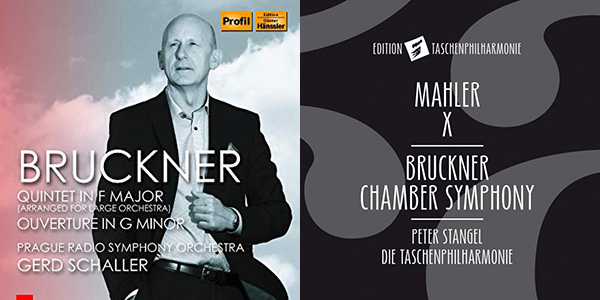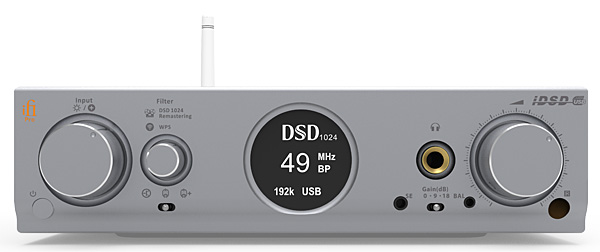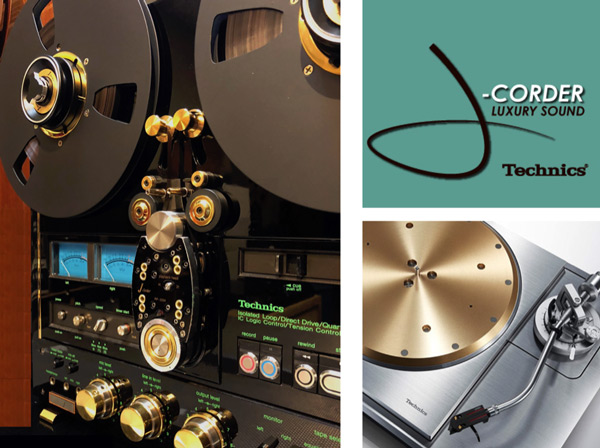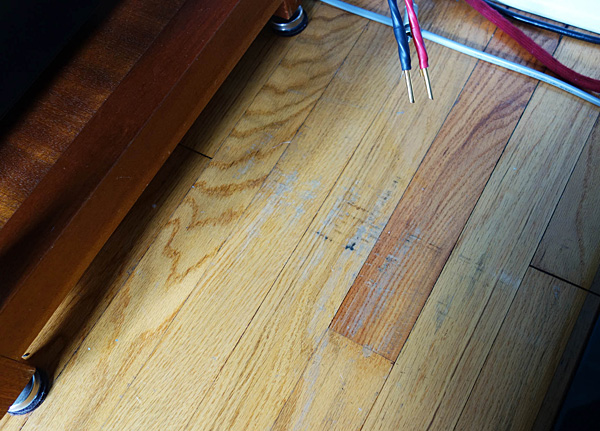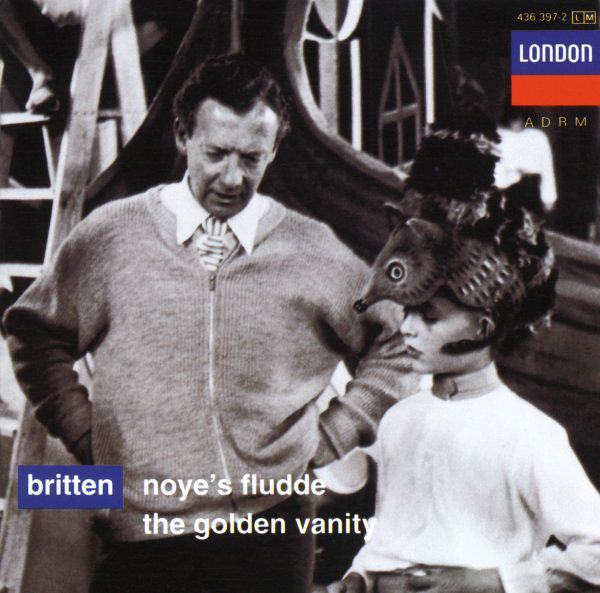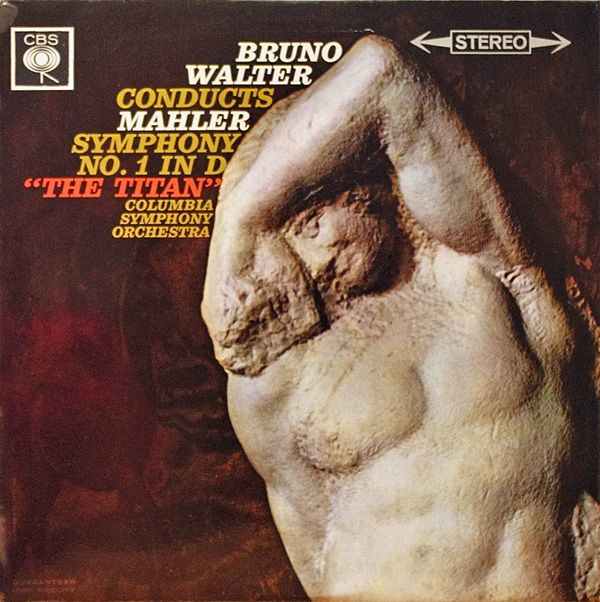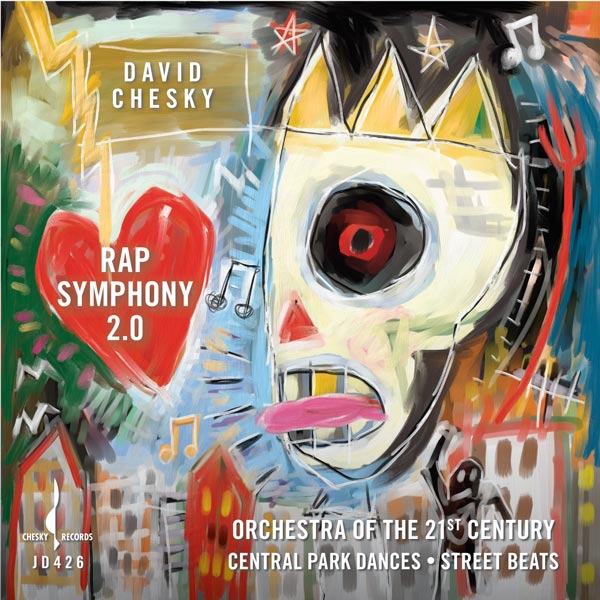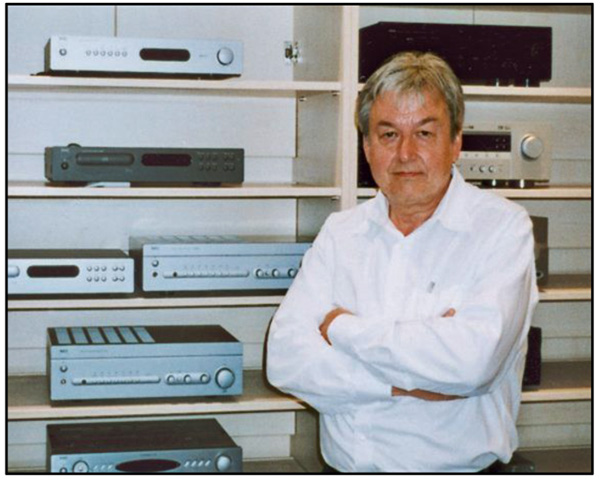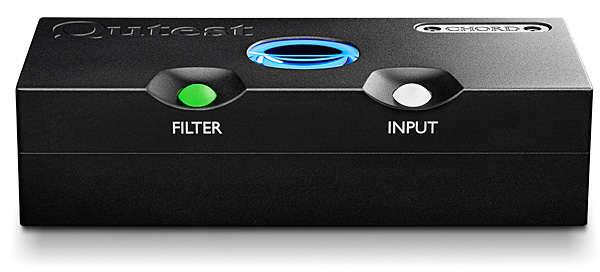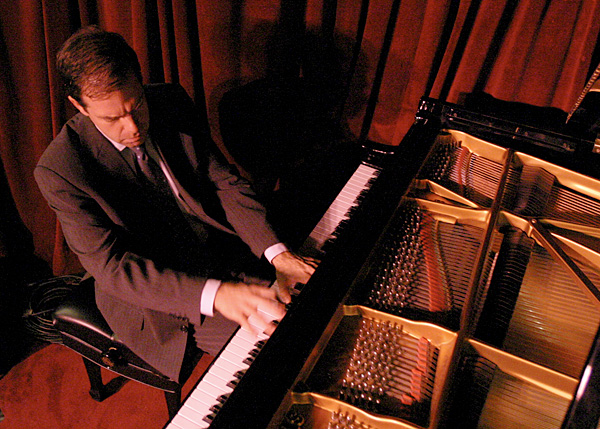Bonus Recording of January 2019: Bruckner: String Quintet
Gerd Schaller, arr., cond.; Prague Radio Symphony Orchestra
Profil PH16036 (CD). 2018. Milan Puklický, prod.; Jan Lzicar, eng. DDD. TT: 57:12
Performance ***
Sonics ****
Bruckner & Mahler: String Quintet (arr. for Chamber Orchestra) & Symphony 10: Adagio
Peter Stangel, arr., cond.; Pocket Philharmonic Orchestra
Edition Taschenphilharmonie/Sony ETP008 (CD). 2017. Sebastian Riederer von Paar, prod., eng., ed. DDD. TT: 59:12
Performance ****
Sonics ****
Bruckner's only mature chamber work, the String Quintet in F, has long sounded to many less like chamber music than like a Bruckner symphony squeezed into far smaller form. It's long, follows Bruckner's version of classical symphonic form, and is as meticulously composed and as contrapuntally intricate as his far larger-scaled symphonies. Like many of those, it has an alternate movement, an Intermezzo. In tenderness and poignancy, the Quintet's warm Adagio is close enough in depth and quality to its counterparts in Bruckner's symphonies 00 through 5 that it now exists in at least 11 arrangements (none by Bruckner) for string orchestra; three of those, the most popular being Hans Stadlmeier's, include the Quintet's three other movements.

